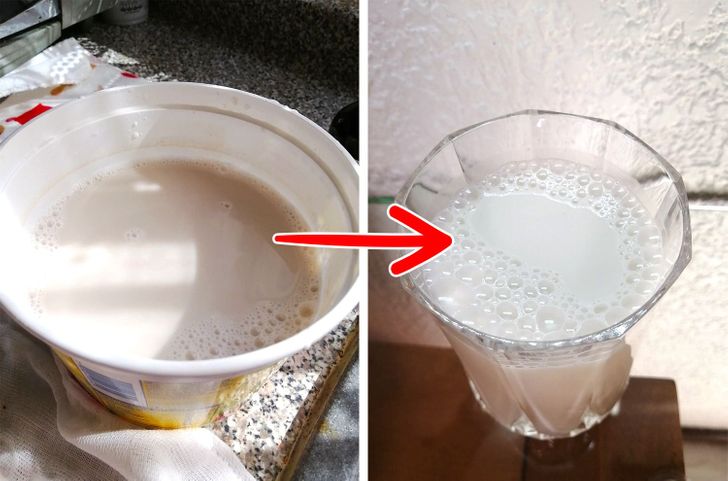How to Make Almond Milk at Home
If you’re looking for a good substitute for regular milk, almond milk can be a good choice. Whether it is because you’re going vegan or because you suffer from lactose intolerance, almond milk is rich in magnesium, calcium, and vitamin E. However, some almond milk might contain chemicals and added sugars. If you want to stay clear of those, you might want to make your own milk at home, which is why 5-Minute Crafts wants to show you how easy and quick it is.
What you’ll need
- a measuring cup
- a blender
- a cheese cloth and a rubber band
- a fine sieve
- a bowl
Ingredients
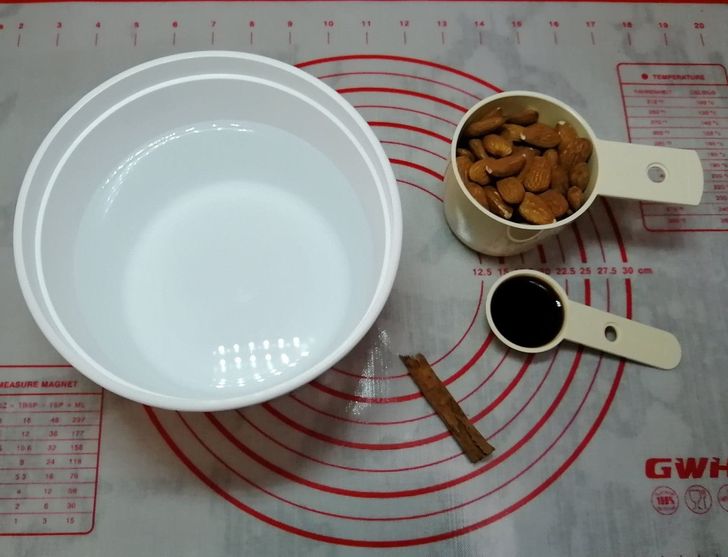
- 1 cup of almonds
- 2 liters of water
- 1 tbsp of vanilla
- 1 small stick of cinnamon (optional)
- sugar or any other sweetener (optional)
Instructions
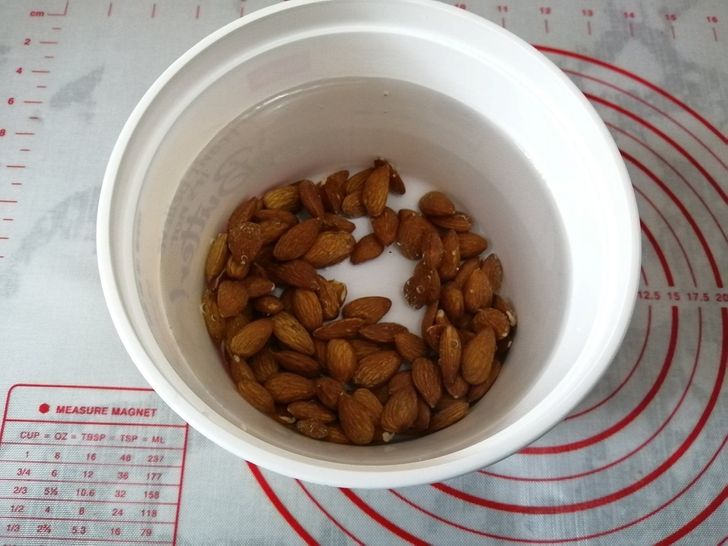
1. Soak the almonds in one liter of water and let them sit there for about 12 hours or more. You can leave them soaking overnight and prepare the milk the day after.
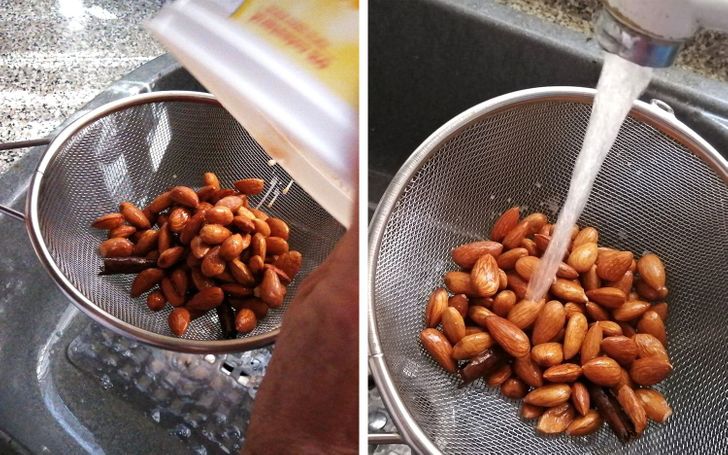
2. Rinse the almonds and discard the water in which they were soaked. You can use a strainer to make this easier so you don’t lose any almonds in the process.
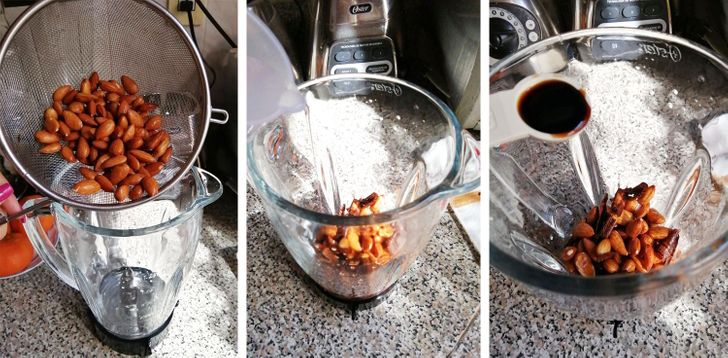
3. Put the almonds in a blender, along with another liter of water, vanilla essence, sugar, and a cinnamon stick.
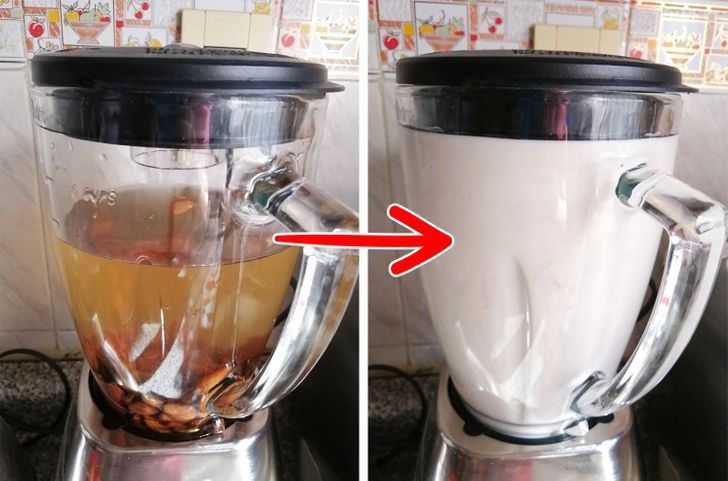
4. Blend for about 3-4 minutes or until the almonds are well ground.
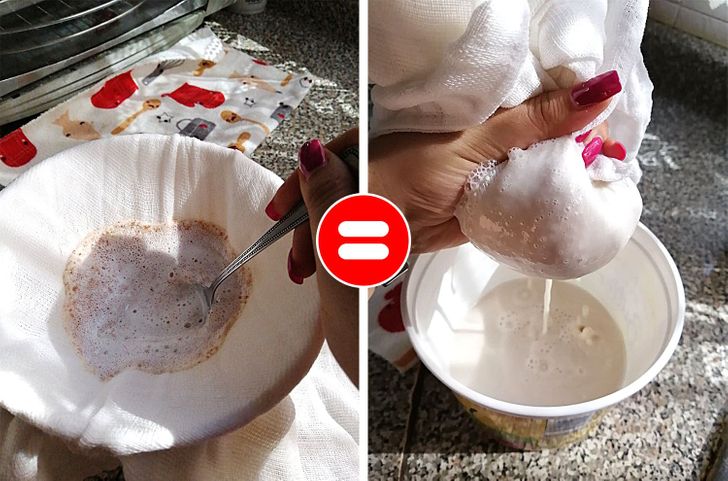
5. You can use 2 different methods to strain the milk:
- Method 1: With a very fine strainer. Pour the mixture in the strainer and push the liquid with a spoon to get all the milk out, without the pieces of almond and cinnamon.
- Method 2: With a cheesecloth. Place the cheesecloth on top of a big bowl where you know all the liquid will fit. Secure the cheesecloth by tying it with a rubber band around the base of the bowl, so it doesn’t slip off when there’s weight on it. Gradually pour the mix and push it with a spoon. If you have someone to help you, one of you can hold the cheesecloth over the bowl, while the other pours all the milk and squeezes out all the juice.
Note: All of the almond pulp that is left over can be reused for stuffing, desserts, or mixed with granola and fruit.
